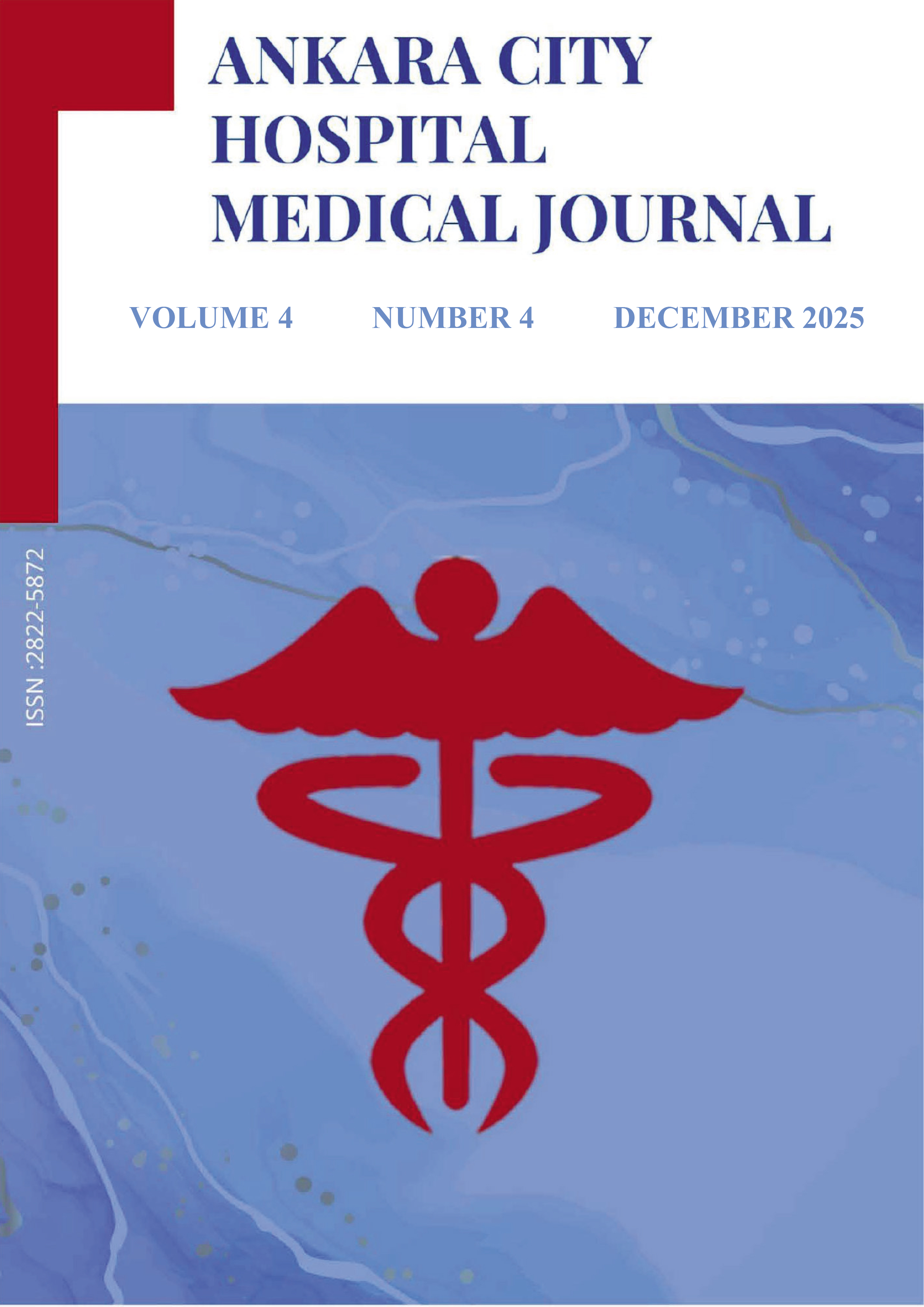
Classification Of Post COVID-19 Pulmonary Findings Evaluated By Computed Tomography
MURATHAN KOKSAL, Mehmet Kutlu, Mutlu GulbayDepartment Of Radiology, Ankara Bilkent City Hospital, Ankara, TurkeyINTRODUCTION: The COVID-19 pandemic has affected millions of people worldwide. Some patients with COVID-19 pneumonia have residual Computed Tomography (CT) findings in the lungs due to lingering symptoms for weeks after infection. Given the widespread impact of the COVID-19 pandemic, it is crucial to recognize and classify these findings. The aims of study is to identify and classify patients post COVID-19 chest CT findings according to a pattern.
METHODS: We examined 74 patients over the age of 18 who tested positive for COVID-19 using Polymerase Chain Reaction (PCR) and underwent multiple chest CT scans at intervals after their first diagnosis. Patients were classified as having non-specific interstitial pneumonia (NSIP), possible usual interstitial pneumonia (UIP), organizing pneumonia (OP), or no distinctive pattern. We also evaluated demographic data of the patients.
RESULTS: A total of 74 patients were included in the study, with 57 (77%) males and 17 (23%) females. The median age of the participants was 64 years. Of these, 47 (63.5%) had NSIP, 6 (8.1%) had possible UIP, 3 (4.1%) had OP pattern, and 18 (24.3%) patients had no distinctive pattern.
DISCUSSION AND CONCLUSION: Studies using control chest CT examinations 3-12 months after COVID-19 infection have shown residual lung findings at varying rates. In our study, most patients exhibited NSIP pattern, with fewer OP and possible UIP pattern findings. One fourth of the patients had no distinctive pattern.
Keywords: Post COVID-19, lung fibrosis, computed tomography, interstitial pneumonia
Manuscript Language: English
(1087 downloaded)









